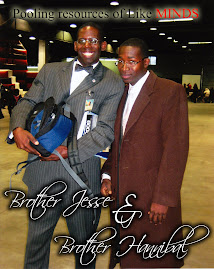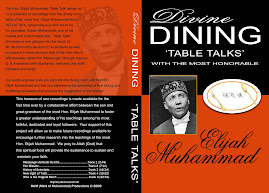ATLANTA — Nearly 36 percent of black Americans are obese — much more than other major racial or ethnic groups — and that gap exists in most states, a new federal study finds.
About 29 percent of Hispanics and 24 percent of whites are obese, the Centers for Disease Control and Prevention reported Thursday. Overall, about 26 percent of U.S. adults are obese.
Racial differences in obesity rates have been reported before, and health officials were not surprised to see larger proportions of blacks tipping the scales.
But the new CDC report is the first to look at the gap state-by-state, finding blacks had significantly higher obesity rates in 21 states and somewhat higher rates in many others.
Experts believe there are several reasons for the differences. People with lower incomes often have less access to medical care, exercise facilities and more expensive, healthier food. In many places, minorities are disproportionately poor.
"Poverty is a very strong driver of obesity," said Kelly Brownell, director of Yale University's Rudd Center for Food Policy and Obesity.
Attitudes about weight also are believed to be a factor, said Dr. Liping Pan, a CDC epidemiologist. Researchers cited a 2008 study that found black and Hispanic women had significantly lower odds of being dissatisfied with their body size than white women.
"Black and Hispanics are more accepting of high weight," Pan said, adding that heavy people who are satisfied with their size are not likely to diet or exercise.
However, it could be that over time as people struggle with poverty and environment "they come to accept the higher weights," Brownell said.
Obesity is based on the body mass index, a calculation using height and weight. A 5-foot-7-inch adult who weighs 190 pounds would have a BMI of 30, which is considered the threshold for obesity.
The data comes from a national telephone survey of more than 1 million Americans over the years 2006 through 2008.
For blacks, the highest obesity rate was in Maine, where 45 percent were obese. Tennessee was the state where Hispanic obesity was most common. And West Virginia was the fattest state for whites.
But generally, obesity was most common for both blacks and whites in the South and Midwest.
The study also broke down the groups by gender, and found black women were the heaviest, with 39 percent counted as obese. Black men were next, at 32 percent, then Hispanic women, 29 percent, Hispanic men, 28 percent, white men, 25 percent and white women, 22 percent.
The study is being published this week in a CDC publication, Morbidity and Mortality Weekly Report.
- CDC report: http://tiny.cc/PZBTZ
Copyright © 2009 The Associated Press. All rights reserved.












































